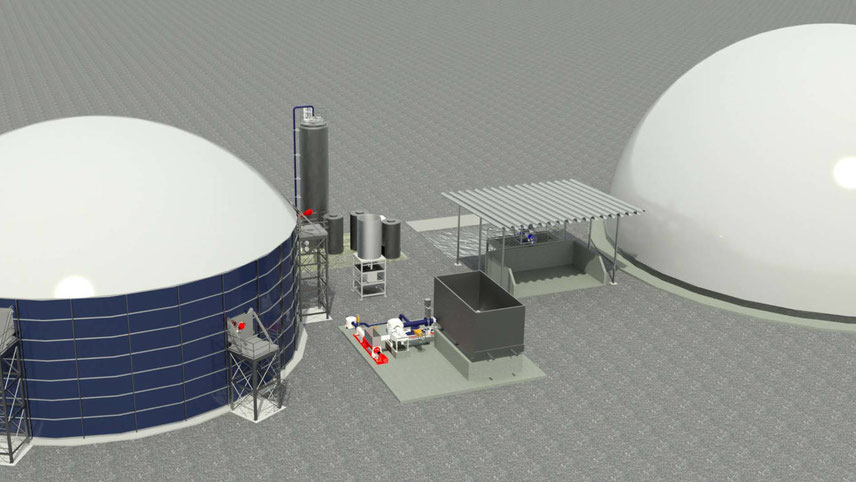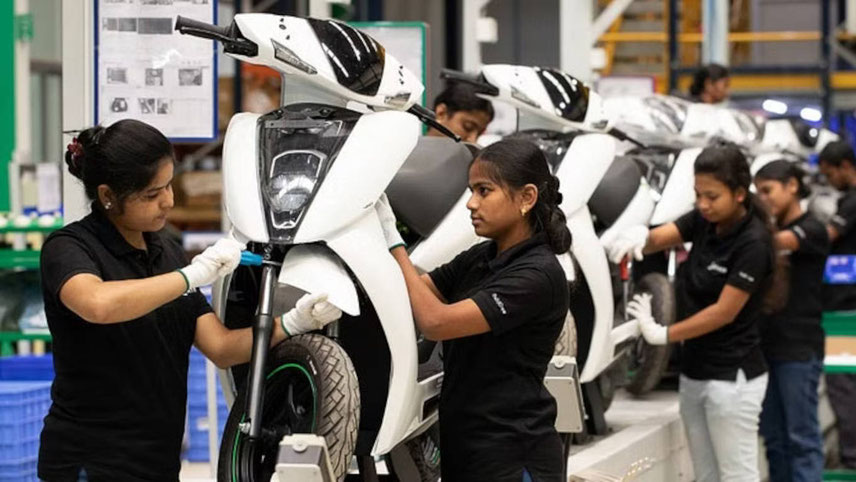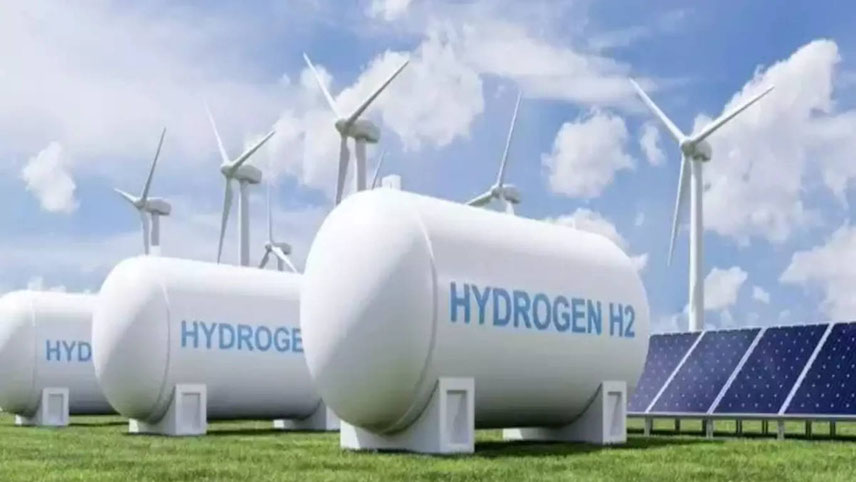-

Revitalising school education
The overall aim of the ‘1,000 Schools Programme’ of Tata Steel is to create a replicable and scalable model of Universalisation of Elementary Education (UEE) within the Right to Education (RTE) framework which addresses three critical aspects of schooling – Access, Learning and Governance. It aims at ensuring every child is in school and on track to school completion till Class X, addressing the issue of learning deficit among first-generation learners, creating effective learning environments in schools and strengthening School Management Committees (SMCs) to strengthen local governance. Physical and social access to education is still elusive in parts of India, especially tribal areas. Retention and transition are widespread problems. Quality of learning remains a key issue. Hence inequity and quality, the twin challenges that India is grappling with, are also the issues that the 1,000 Schools Programme is trying to address. The programme implementation began in Odisha in January 2015 and extended to Jharkhand in November 2016. The programme runs in eight administrative blocks in four districts of Odisha and Jharkhand where Tata Steel has its business operations. 53 to 84 per cent of these districts are predominantly tribal and challenged on educational indicators. Of the eight programme blocks, seven are Educationally Backward Blocks (EBB). Forested and mining areas pose their own challenges. Very few youths in these areas are able to go to college or learn much, leading to poor livelihoods and a depressed socio-economic scenario. The attempt is to lift this situation starting with education. Tata Steel has gone beyond its peripheries, to revitalise school education in the entire blocks in a saturation coverage mode. Tata Steel believes that addressing the three key aspects of schooling – Access, Learning and Governance – simultaneously and at scale will bring momentum and sustainability to the work.
-
A bridge language inventory app has been developed for Odia and Hindi speaking teachers to ease communication with children
A bridge language inventory app has been developed for Odia and Hindi speaking teachers to ease communication with children from the Ho and Santhal communities. A Learning App has been developed for the classroom containing a range of content. The programme is increasingly connecting children with online open-source content.
The programme engages with all stakeholders – schools, SMCs, Panchayati Raj Institutions (PRIS), youth groups, SHGs, Education Resource Centres, block and district offices and political leadership.
The key stakeholders like government officials and PRI were consulted even before the programme initiation. In the initial period, the engagement strategies included exposure visits of stakeholders to the programme, demonstration of Learning Enrichment Programme (LEP) pedagogy to government teachers and orientation and regular meetings with SMCS & PRI. The engagement evolved over time and key stakeholders became part of planning, monitoring, feedback and ensuring sustainability. aspire, a non-profit with expertise in executing large-scale education projects is the key implementation partner. The Hans Foundation has co-invested in the Jharkhand replication. The company uses calibrated, data-based evidence to monitor impacts, reviews it quarterly and validates it through frequent site engagements of eminent experts from the Indian education and child rights space.
Over the last four years, the programme has reached 2,00,000 children across 1,415 government schools, 159 Gram Panchayats, two municipalities and 2,887 villages/habitations of Odisha and Jharkhand. Tata Steel annually spends nearly Rs27 crores on this project. By the end of the project in 2021, the company aims at delivering a replicable and scalable model of improving public schools. With respect to the quality of learning, the plan is to establish 50 Community Education Resource Centres (CERC) across the blocks, each equipped to provide technical inputs for children and teachers in its neighbouring areas on a long-term basis. Fifteen CERCs have already been established in partnership with the community. The programme has received several accolades including the UN Global Compact Network Initiative’s Innovative Practices Award 2018 and the Odisha Government CSR Award 2018 for Most Impactful CSR Project.
Biogas
BioEnergy will showcase its innovative biogas technology in India
Mobility
Ather aims to produce 20,000 units every month, soon
Green Hydrogen
German Development Agency, GIZ is working on a roadmap for a green hydrogen cluster in Kochi
Renewable Energy
AGEL set to play a big role in India’s carbon neutrality target



















